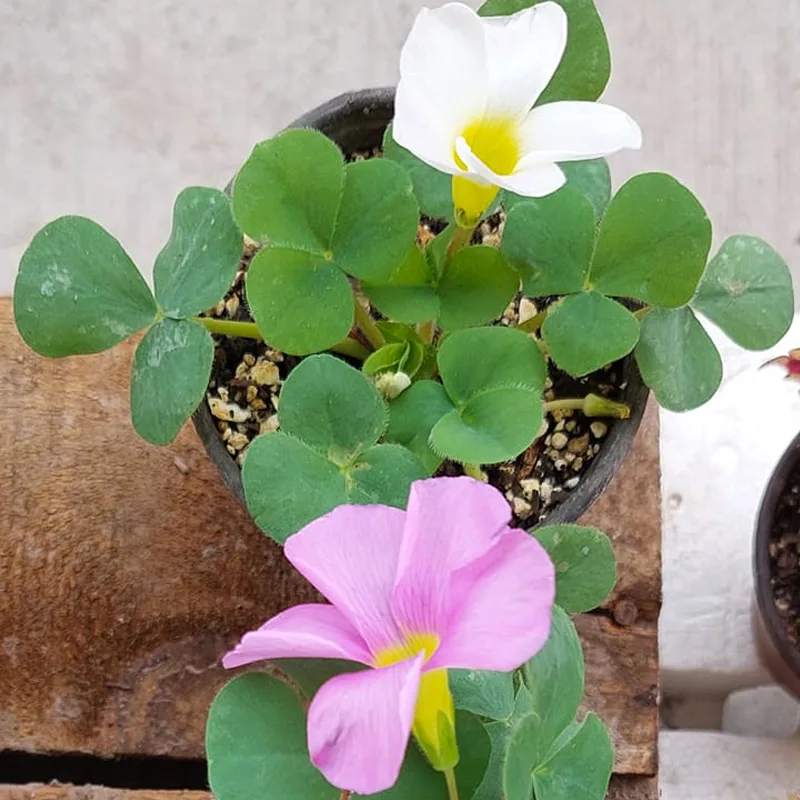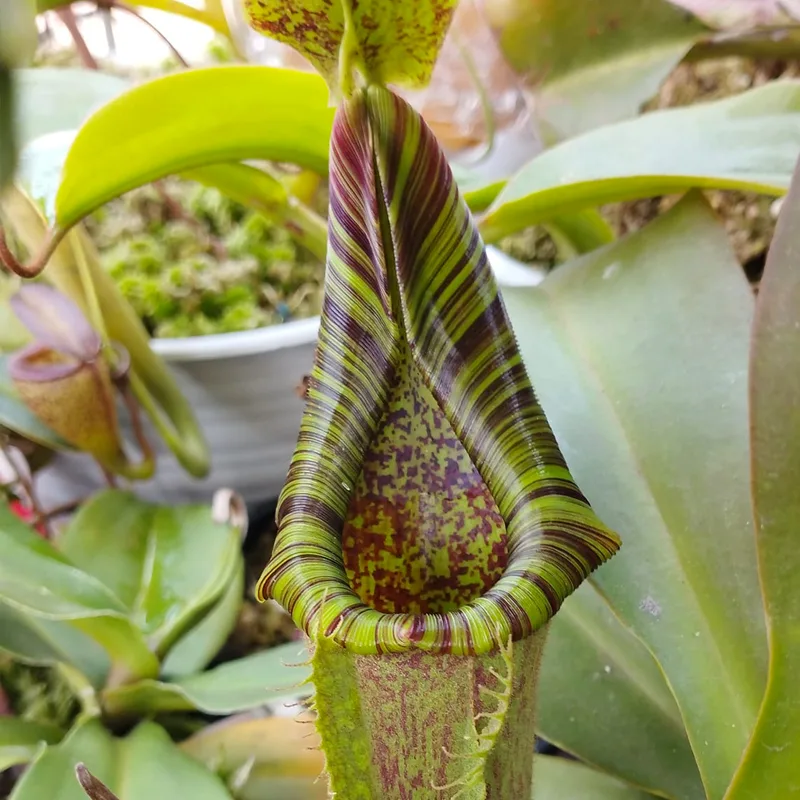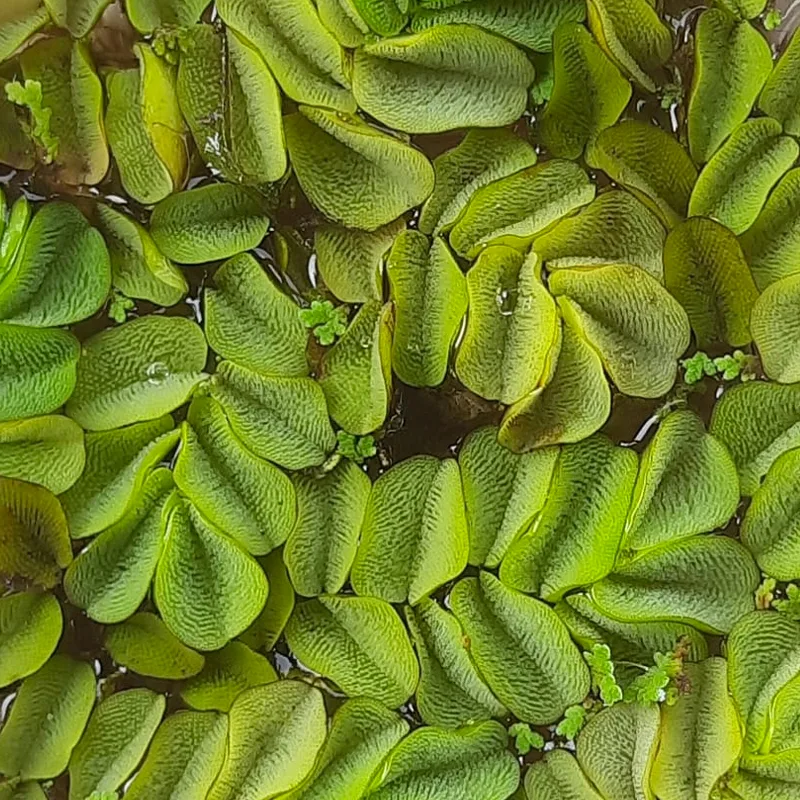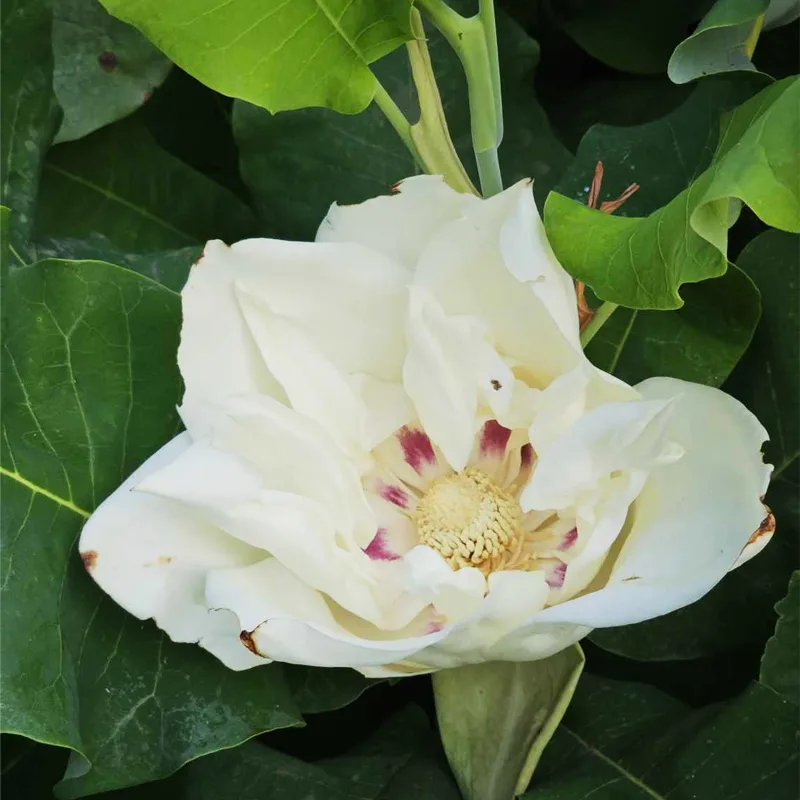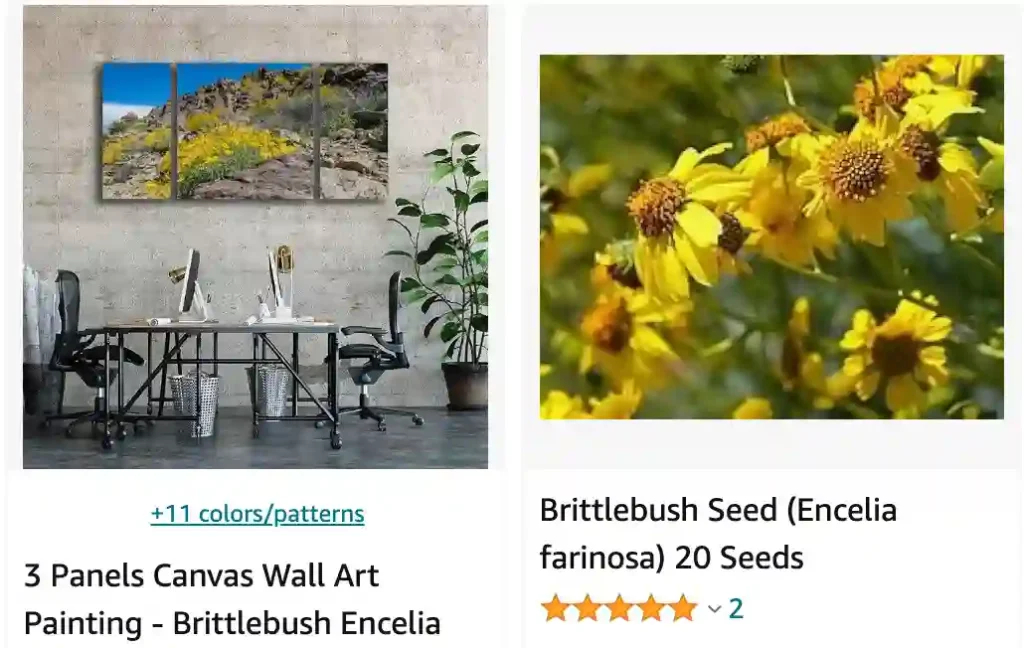
Encelia farinosa: A Surprisingly Useful Desert Dweller
The Sonoran Desert, where I spend most of my field research time, is a land of resilience. Here, life clings stubbornly to existence, evolving unique adaptations to survive the scorching sun and relentless drought. One such tenacious plant is the Encelia farinosa, more commonly known as the brittlebush.
This silvery-gray shrub might not be the most glamorous desert dweller, but don’t let its humble appearance fool you. The brittlebush boasts a surprising number of uses, passed down through generations by the Seri people, the indigenous inhabitants of the Sonoran Desert. Over the years, I’ve had the privilege of learning from the Seri elders, and I’m here to share some of the fascinating ways they utilize this desert treasure.
Encelia Farinosa vs Californica
I’ve grown Encelia farinosa in my garden and absolutely love its striking, silver-gray leaves that contrast beautifully with its bright yellow flowers. On the other hand, Encelia californica, which I’ve also tried, has a more subdued appearance with its softer green foliage and smaller blooms. I found the farinosa to be more drought-tolerant and resilient in my harsh summer conditions, while the californica was a bit more temperamental with water needs. Both have their charm, but I personally prefer the farinosa for its robust nature and vibrant color.
How the Seri Used Encelia farinosa?
The Seri people have a deep respect for the desert and its resources. They’ve developed a sophisticated understanding of the plants and animals that sustain them, and the Encelia farinosa plays a significant role in their culture.
One of the most interesting uses is as a source of a natural glue. The Seri people harvest the resin produced by the brittlebush stems. This resin, when collected and processed, hardens into a strong adhesive. Traditionally, they’ve used this glue for a variety of purposes, from securing arrowheads to shafts to repairing pottery.
How to Use Encelia farinosa as Glue?
If you’re curious about trying this natural adhesive yourself, the process is relatively simple. Here’s a basic approach:
- Collect the resin: Look for brittlebush shrubs with visible white sap on the stems. Carefully scrape off small amounts of this resin using a sharp knife.
- Heat and soften: Once you have a decent amount of resin, heat it gently over a low flame. You can use a spoon or a small heatproof container. As the resin warms, it will soften and become more pliable.
- Apply and secure: Apply the softened resin to the surfaces you want to bond. Press the pieces together firmly and hold them in place for a few minutes to allow the glue to cool and harden.
Important note: Be mindful when collecting the resin. Take only what you need, and avoid stripping the plant bare. Sustainable harvesting practices are crucial for preserving this valuable resource.
Beyond Glue: Encelia farinosa for Waterproofing
The resin of the Encelia farinosa has another surprising application – waterproofing. The Seri people traditionally used it to coat baskets and other woven items, making them more resistant to water damage. This technique proved particularly useful for storing and transporting precious liquids like water and mescal.
How to Use Encelia farinosa to Waterproof?
Similar to using it as glue, the process for waterproofing involves collecting and heating the resin. Here’s a simplified approach:
- Prepare the resin: Following the steps mentioned earlier, collect and heat the brittlebush resin until it becomes pliable.
- Apply the resin: Dip your basket or other woven item into the warm resin, ensuring complete coverage. Alternatively, you can use a brush to apply the resin evenly.
- Drying and reapplication: Allow the resin to dry completely. Depending on the desired level of waterproofing, you might need to repeat the application process for additional coats.
Safety first: Remember, heating resin can release fumes. Ensure proper ventilation when working with heated Encelia farinosa resin.
Encelia farinosa: A Desert Multi-tasker
The Encelia farinosa serves as a testament to the ingenuity of the Seri people and the remarkable adaptability of desert plants. From providing a natural glue to waterproofing essential tools, this seemingly ordinary shrub offers a glimpse into the sustainable relationship between humans and the Sonoran Desert.
There’s still much to learn about the Encelia farinosa. Further research could explore its potential medicinal properties or even industrial applications for its resin. This desert dweller continues to surprise and inspire.
If i die, water my plants!
